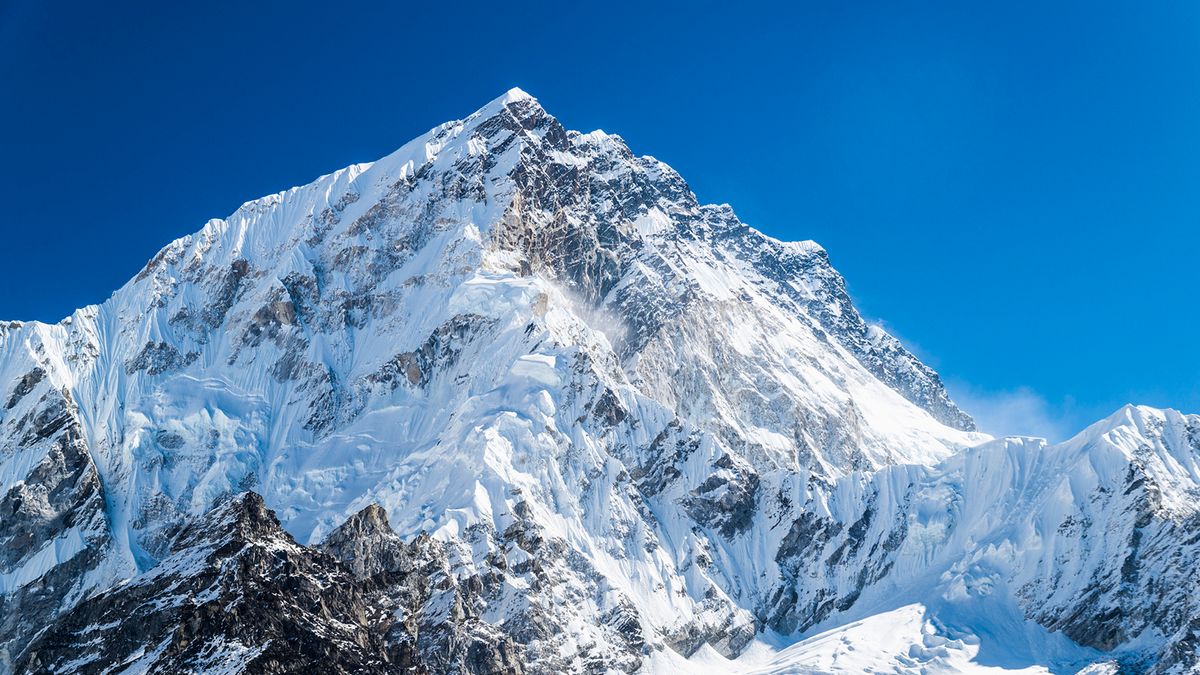
At a certain point, convention can be your friend. So, to kick things off, we can adopt the terms that are most commonly used when describing the world’s tallest mountain.
These aren’t the highest mountains when measuring from the base, or the surrounding landscape, or the Earth’s core. They are the highest mountains above sea level, which is the most popular standard.
Advertisement
1. Mount Everest
At 29,032 feet (8,849 meters) above sea level, Mount Everest’s summit is widely recognized as the highest in the world.
Straddling the border of China and Nepal, it is part of the famous Himalayan mountain range, and something of a tourist attraction for ambitious (and wealthy) climbers, leading to overcrowding and pollution.
2. K2
The second-tallest mountain in the world, rising 28,251 feet (8,611 meters) above sea level. Also in Asia, K2 is part of the Karakoram mountain range. While also a popular destination for climbers, the highest peak of K2 is considered much more difficult (and dangerous) to summit than Mount Everest.
3. Kangchenjuga
Another of the mighty Himalayan mountain peaks, Kangchenjuga rises 28,169 feet (8,586 meters) above sea level and is the third-highest mountain above sea level. Like many of the highest mountains, it lies on a border, this time between Nepal and India.
4. Lhotse
We’re still in the Himalayan mountains — you might be noticing a pattern here — this time 27,940 feet (8,516 meters) above sea level, making it the fourth-highest mountain. Like many a huge mountain in this range, its “parent mountain” is Mount Everest.
5. Mekalu
Rising 27,838 feet (8,485 meters) above sea level, and still in the range of Mount Everest — we can’t seem to avoid these Himalayan peaks — Mekalu is on the border of Nepal and China.
Advertisement
 Print
Print


